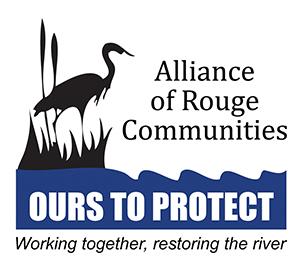 Steward of the Rouge River
Steward of the Rouge River
Things You Can Do to Protect Water Quality in Your Watershed
You can do many things that can protect water quality! When it rains or the snow and ice melts, the water (called stormwater) drains off streets, driveways, rooftops and lawns into lakes and rivers without treatment. As it travels across the landscape, it picks up various pollutants like bacteria, oils, nutrients, fertilizers and sediment. Impervious surfaces, such as pavement, speed up the flow of stormwater runoff from the landscape and prevent water from soaking into the ground where it can be naturally cleansed by microorganisms that live in the soil. Many pollutants also reach our waterways from soil erosion because many chemicals readily attach themselves to soil particles. Contaminated runoff, known as non-point source pollution, comes from many different sources and is difficult to trace back to one source on the landscape. Contaminated runoff flows without treatment into the nearest stormwater drainage system. This may consist of simple drainage ditches or infrastructure such as enclosed pipes, outfalls, catch basins and detention ponds. If you live on a river, lake or stream, this runoff travels into the water much more quickly. Check out our flyer on the relationship between watersheds and water quality.
Below are some things you can do at home, in your yard, with your vehicles, in your community and at your business to reduce the amount of pollution being picked up by stormwater and going into the Rouge River. Check out our Watershed Wisdom brochure as well!
Watch the ARC's Free Webinars: Stewards of the Rouge - How you can Protect Water Quality! and Septic System Maintenance
Please take our survey if you watch the webinar so we can improve future webinars. Download the PDF of the slides from the Stewards of the Rouge Webinar.
Download the PDF of the slides from the Septic System Maintenance Webinar If you would like information mailed to you about how you can protect water quality, please email your address to us.
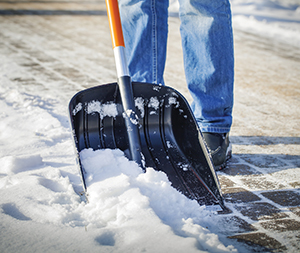 THINGS TO DO IN THE WINTER
THINGS TO DO IN THE WINTER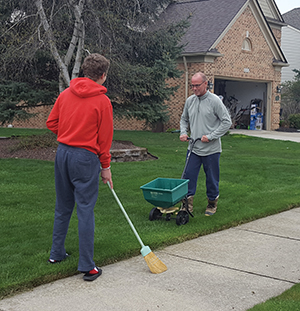 THINGS TO DO IN THE SPRING
THINGS TO DO IN THE SPRING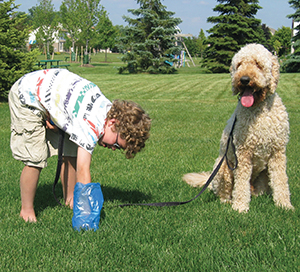 THINGS TO DO IN THE SUMMER
THINGS TO DO IN THE SUMMER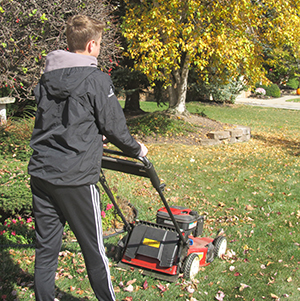 THINGS TO DO IN THE FALL
THINGS TO DO IN THE FALL